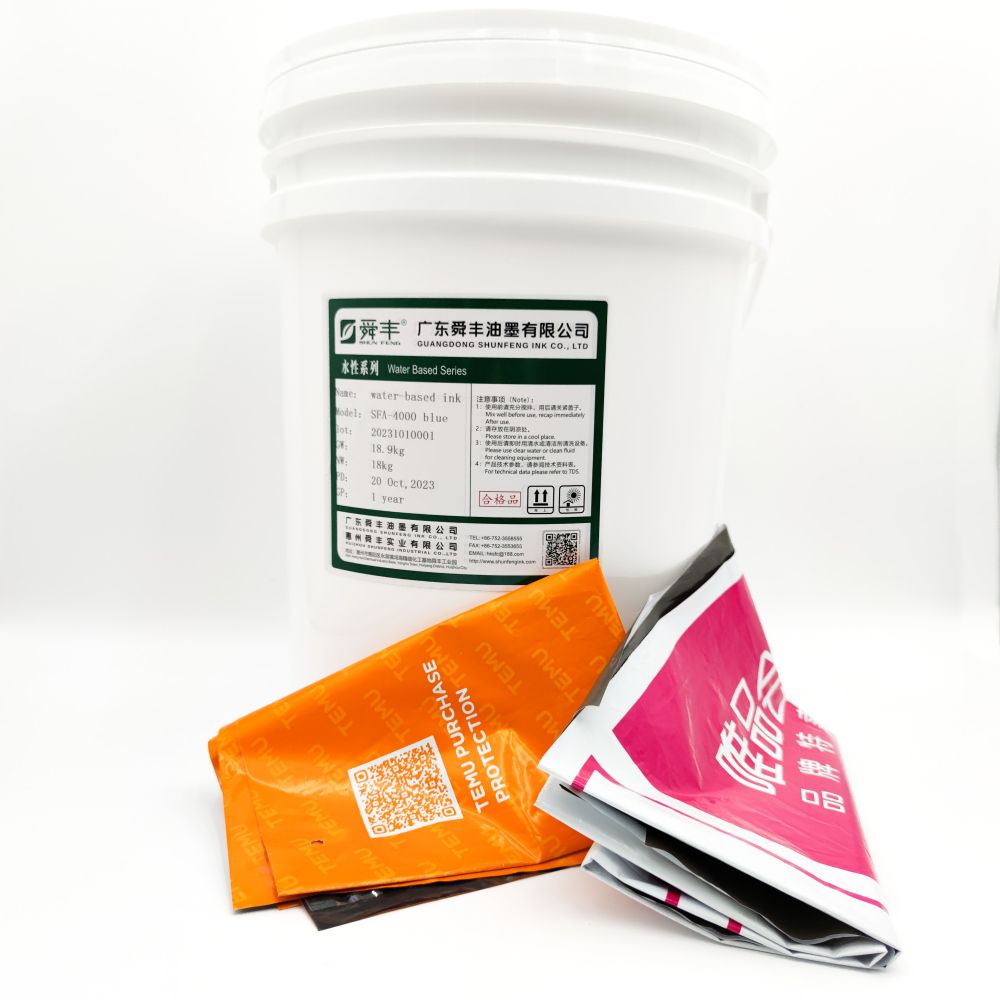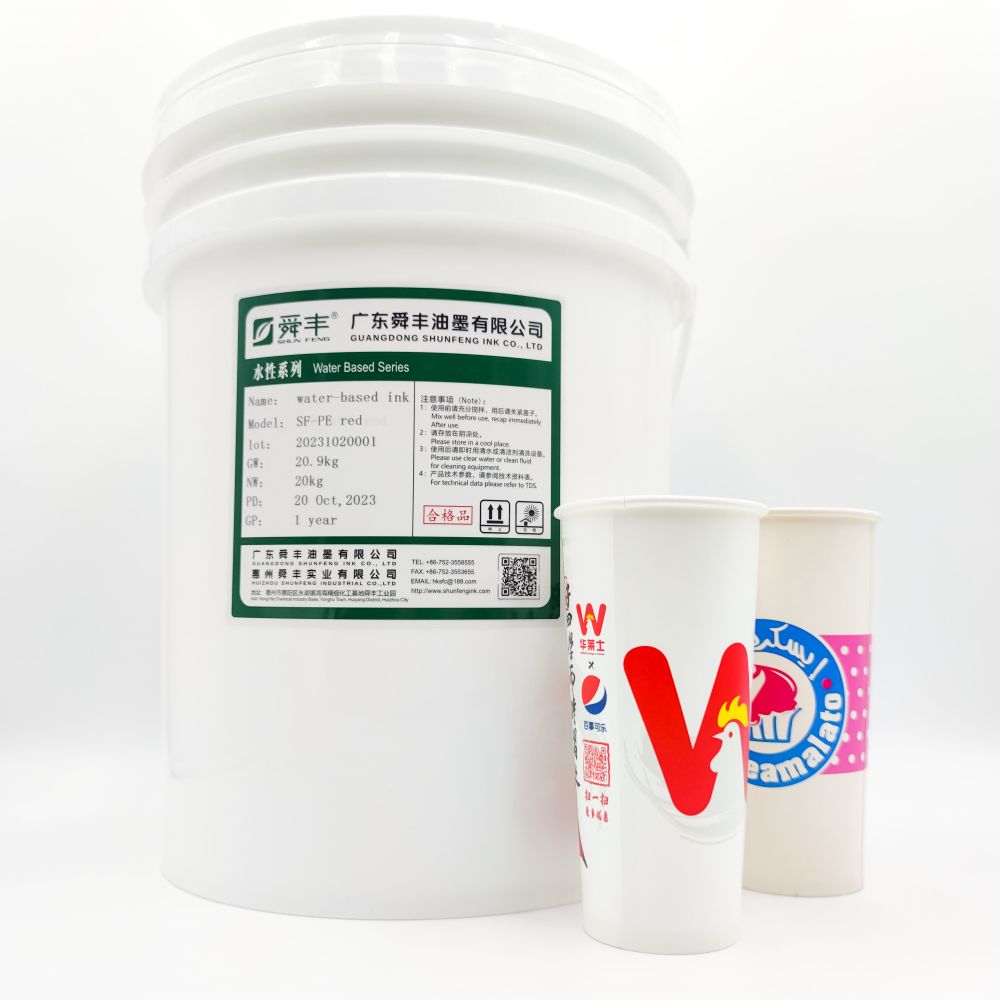Key Points to Consider When Using Water-Based Ink in Film Printing
Selecting the Appropriate Molecular Weight of Water-Soluble Resin
The molecular weight of water-soluble resin is a parameter often overlooked by users but crucial for ink manufacturers. During the production of water-based ink, the preparation of color paste typically involves mixing water-soluble resin with pigments. High-end color pastes use sand mills or ball mills, while medium and low-end pastes often use high-speed dispersers. Quality color pastes need to be fine, have high color concentration, and uniformly encapsulate pigments. Since the molecular weight of the resin inversely affects dispersion performance, low molecular weight resins are often used to enhance the uniform dispersion and encapsulation of pigments. However, in gravure ink production, where mixing with high molecular weight emulsions is required, issues like particle aggregation can arise. Therefore, selecting the appropriate resin molecular weight and adding suitable dispersants to ensure fine and uniform color paste is crucial.
Considering the Solid Content of Water-Based Emulsions
In water-based ink, the emulsion content typically exceeds 30%, and the properties of the emulsion significantly impact the ink’s performance. The solid content and viscosity of emulsions do not always correlate positively. For example, a 45% solid content emulsion may not have higher viscosity than a 35% one. Higher solid content means a lower water ratio, affecting ink drying performance. Thus, when designing water-based ink, careful consideration of the emulsion’s solid content is necessary to balance drying requirements and performance.

Controlling Ink Viscosity
Viscosity is a crucial quality indicator for water-based ink. The pH value of the ink affects its viscosity; a higher pH lowers viscosity, but excessively high pH can slow drying. Therefore, determining the appropriate viscosity must be based on stable pH values. Gravure printing requires low-viscosity ink, unlike flexo printing. Diluting flexo ink with more water increases drying difficulty and is not recommended.
Using Emulsion Blending Techniques to Select Raw Materials
The drying properties of water-based ink are closely related to film-forming temperature and time, determined by the glass transition temperature (Tg) of the emulsion resin. Choosing a single emulsion that balances resin compatibility with the film, film resistance after drying, and film-forming temperature and time is challenging. Thus, emulsion blending is an effective method. Blended emulsions can be evaluated using DSC (Differential Scanning Calorimetry) to measure Tg. While this technique is widely used in the coating industry, it must be adapted for high-speed printing press conditions to optimize water-based ink performance.










